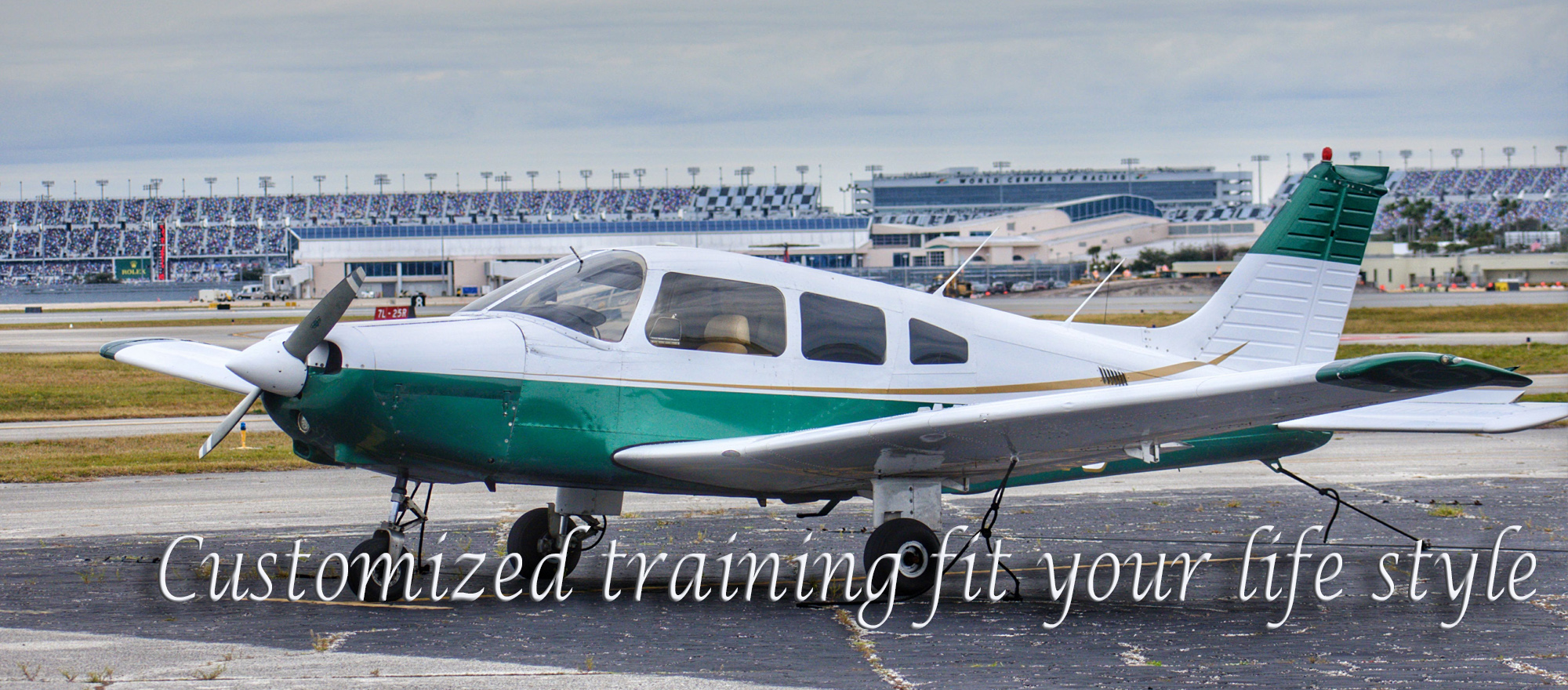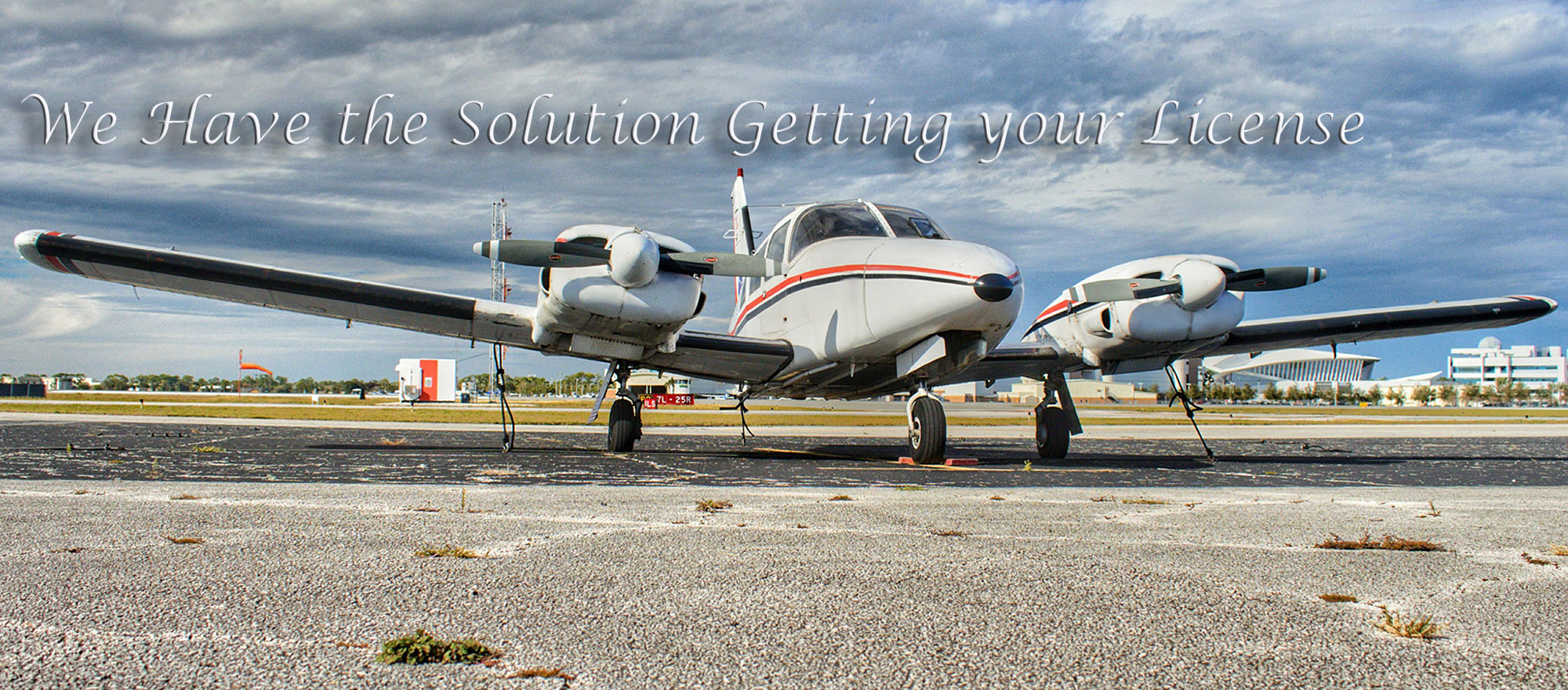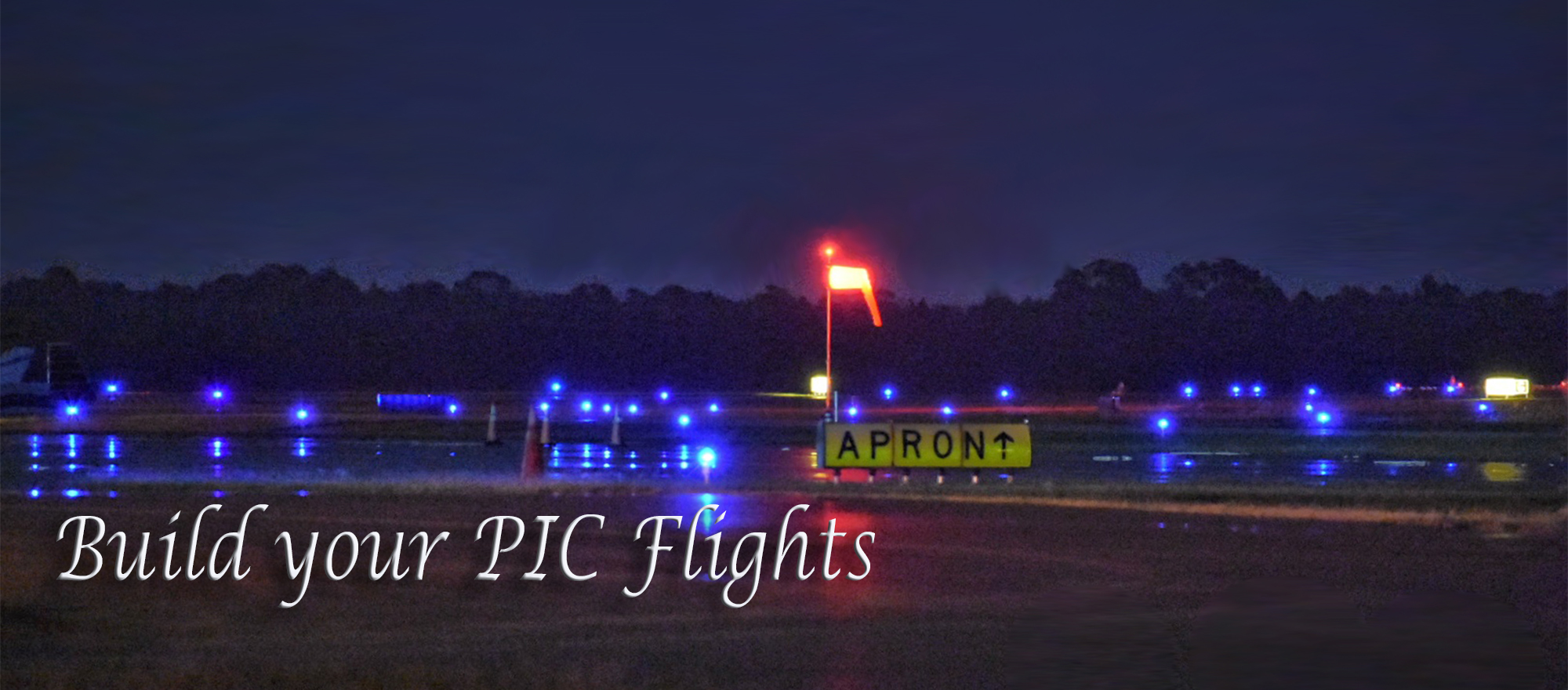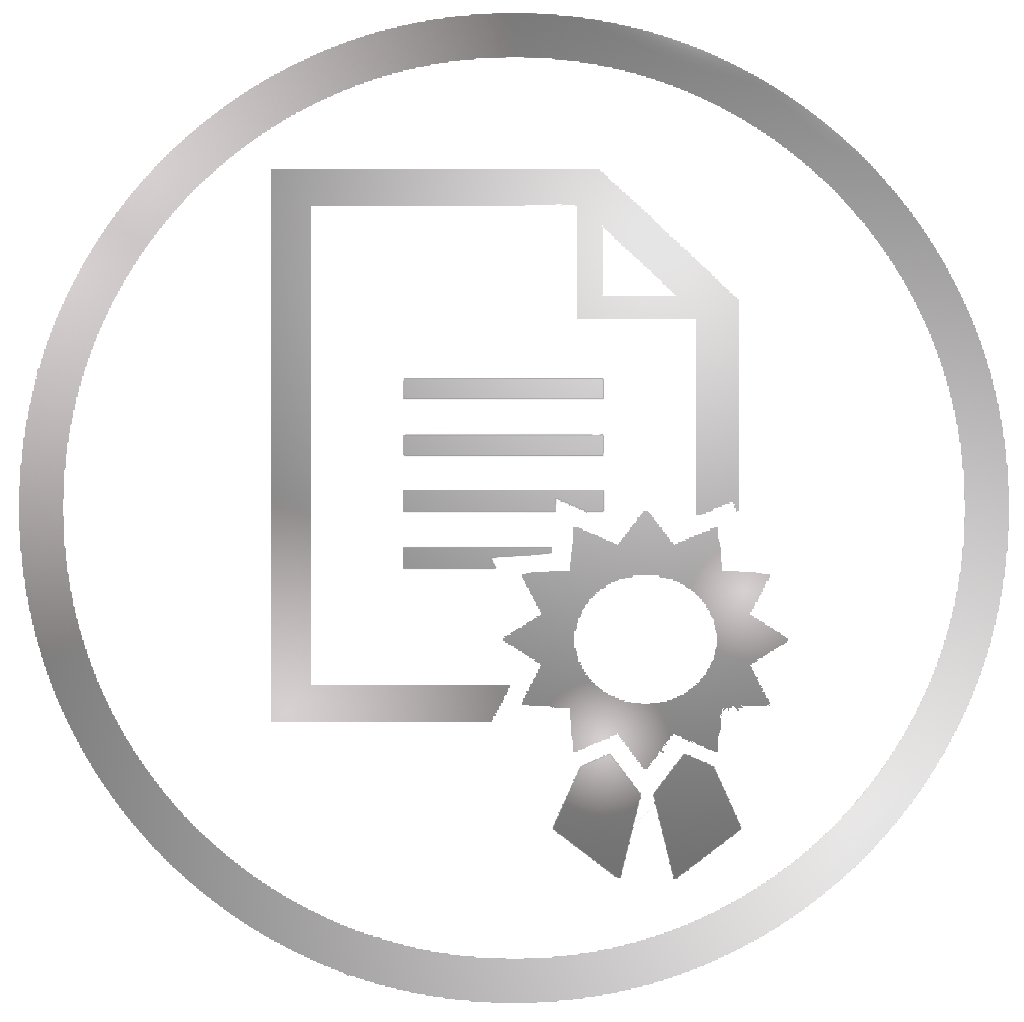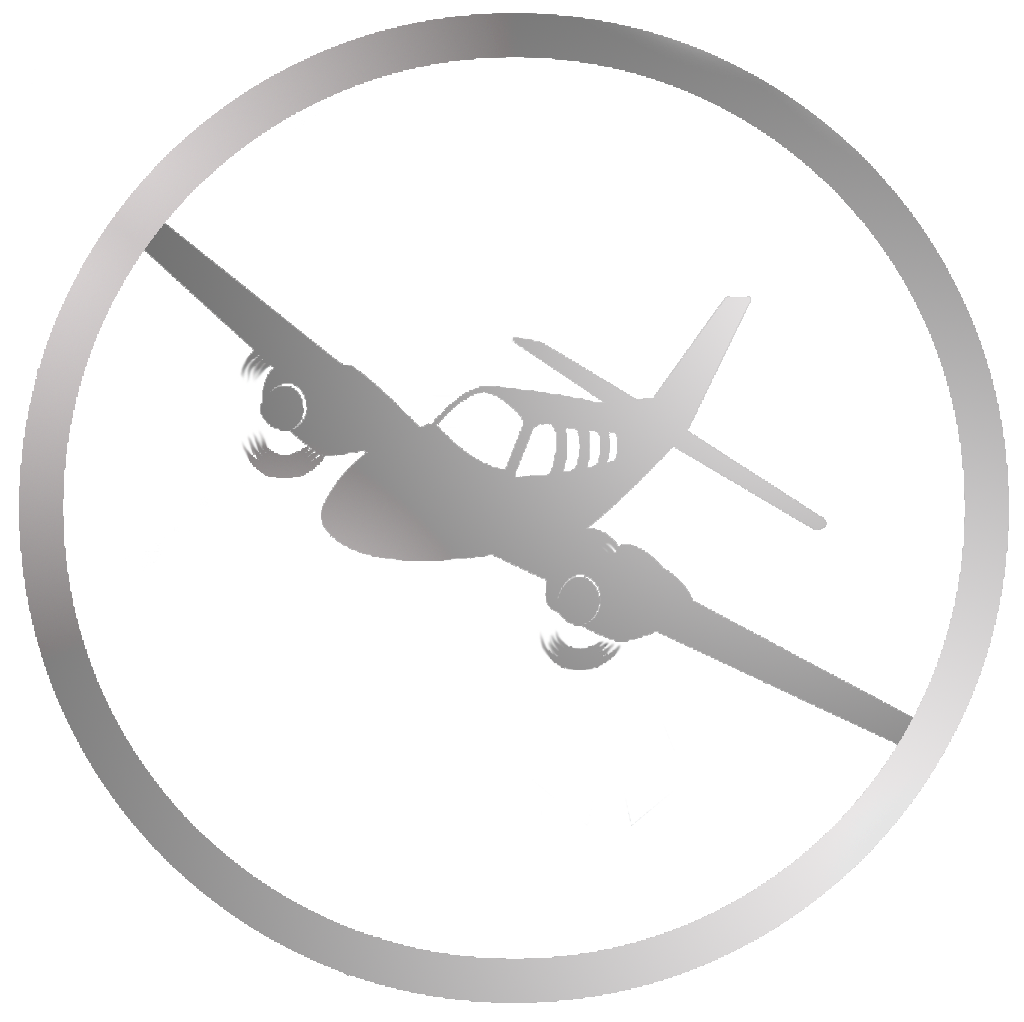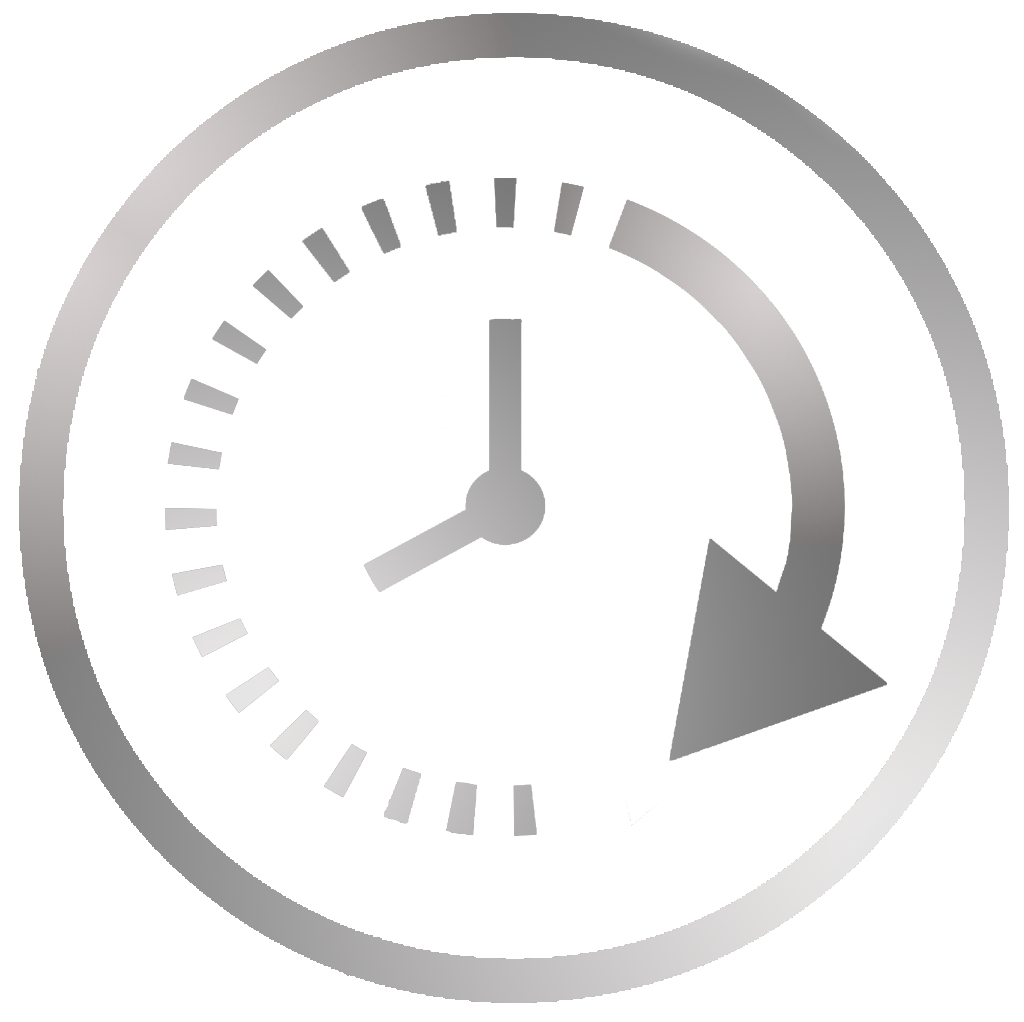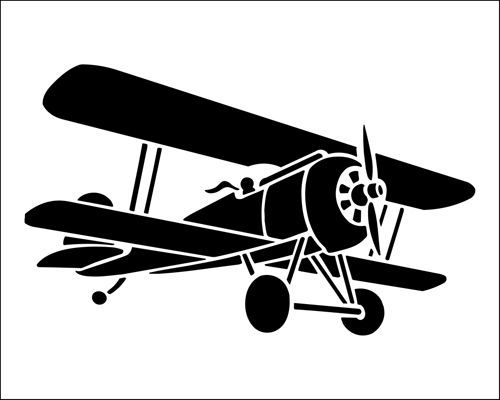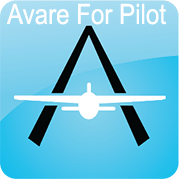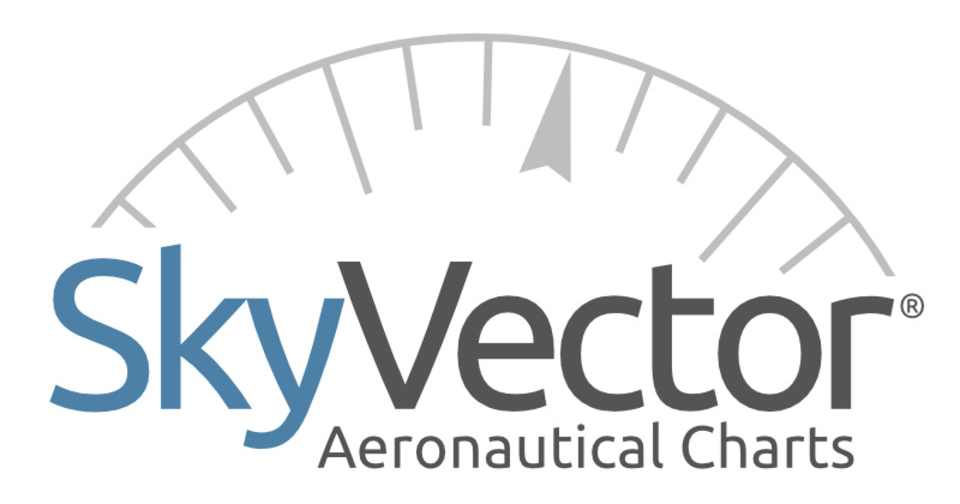Aviation 5 P's (SRM)
5P's Approach to SRM
Single-pilot resource management (SRM) is the art of managing all onboard and outside resources
available to a pilot before and during a flight to help ensure a safe and successful outcome. Incorporating
SRM into GA pilot training is an important step forward in aviation safety.
A structured approach to SRM
helps pilots learn to gather information, analyze it, and make sound decisions on the conduct of the flight.
To get the greatest benefit from SRM, you
also need a practical framework for application in
day-to-day flying.
One such approach involves
regular evaluation of: Plan, Plane, Pilot, Passengers,
and Programming.
The point of the 5P approach is not to
memorize yet another aviation mnemonic.
You
might simply write these words on your kneeboard,
or add a reference to 5Ps to your checklist for key
decision points during the flight.
These include
preflight, pre-takeoff, cruise, pre-descent, and just
prior to the final approach fix or, for VFR
operations, just prior to entering the traffic pattern.
Items to consider in association with the 5Ps
might include the following:
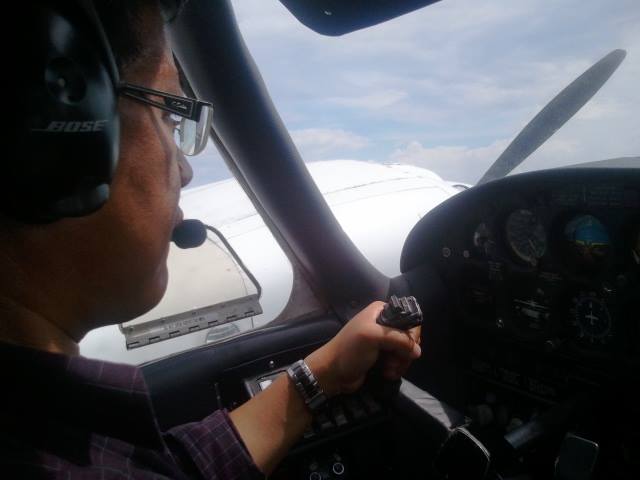
PlanThe plan includes the basic elements of cross-
country planning: weather, route, fuel, current
publications, etc. The plan also includes all the events
that surround the flight and allow the pilot to
accomplish the mission. The pilot should review and
update the plan at regular intervals in the flight,
bearing in mind that any of the factors in the original
plan can change at any time.
PlaneThe plane includes the airframe, systems, and
equipment, including avionics. The pilot should be
proficient in the use of all installed equipment as well
as familiar with the aircraft/equipment’s
performance characteristics and limitations. As the
flight proceeds, the pilot should monitor the
aircraft’s systems and instruments in order to detect
any abnormal indications at the earliest opportunity.
PilotThe pilot needs to pass the
traditional “IMSAFE” checklist (see below).
This part of the 5P process helps a pilot
identify and mitigate physiological hazards
at all stages of the flight.
PassengersThe passengers can be a great help
to the pilot by performing tasks such as
those listed earlier. However, passenger
needs — e.g., physiological discomfort,
anxiety about the flight, or desire to reach the
destination — can create potentially dangerous
distractions. If the passenger is a pilot, it
is also important to establish who is doing what. The
5P approach reminds the pilot-in-command to
consider and account for these factors.
ProgrammingThe programming can refer to both panel-
mounted and hand-held equipment. Today’s
electronic instrument displays, moving map
navigators, and autopilots can reduce pilot workload
and increase pilot situational awareness. However,
the task of programming or operating both installed
and handheld equipment (e.g., tablets) can create a
serious distraction from other flight duties. This part
of the 5P approach reminds the pilot to mitigate this
risk by having a thorough understanding of the
equipment long before takeoff, and by planning in
advance when and where the programming for
approaches, route changes, and airport information
gathering should be accomplished, as well as times it
should not be attempted.
I'M SAFE Checklist
-Illness: Do I have any symptom?
Medication: Have I been taking prescription or
over-the-counter drugs?
- Stress: Am I under psychological pressure from
the job? Am I worried about financial matters,
health problems, or family discord?
- Alcohol: Have I been drinking within 8 hours?
- Fatigue: Am I tired and not adequately rested?
- Emotion: Am I emotionally upset?

